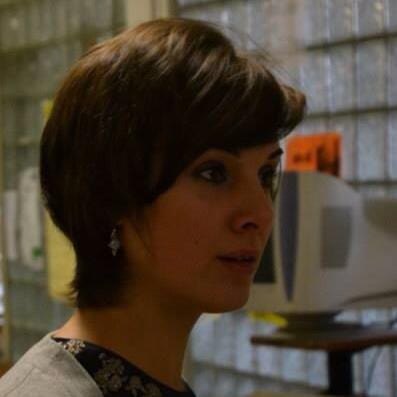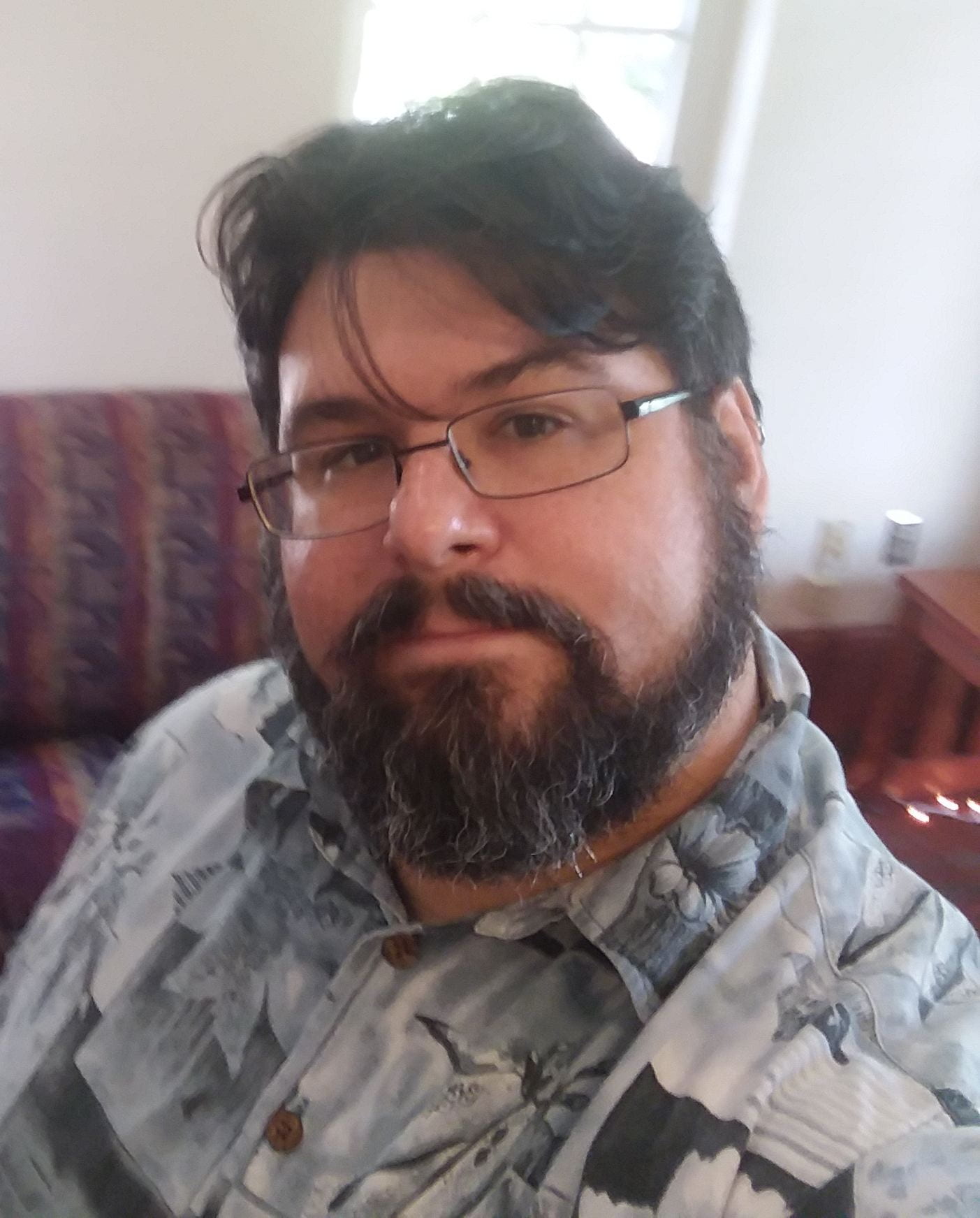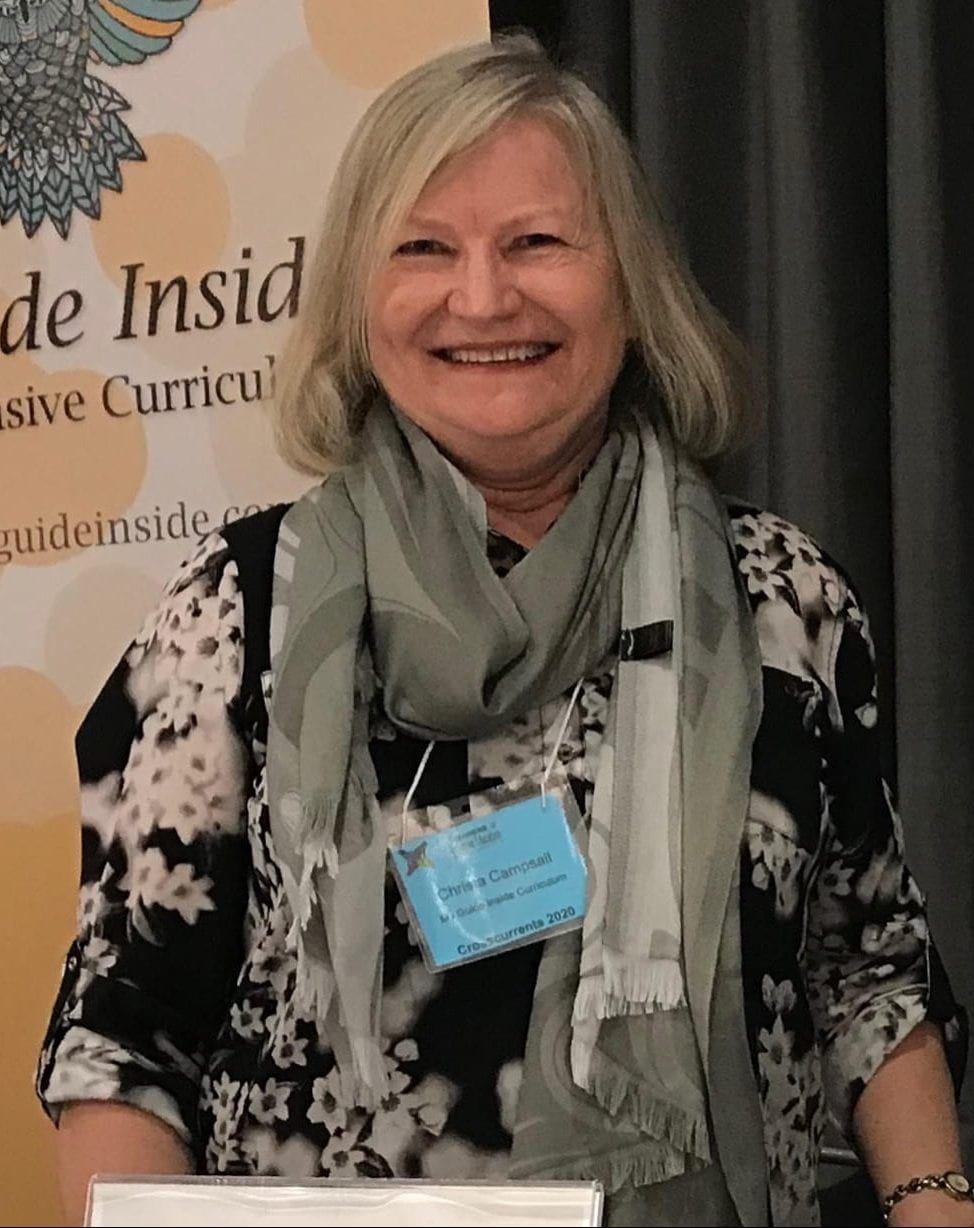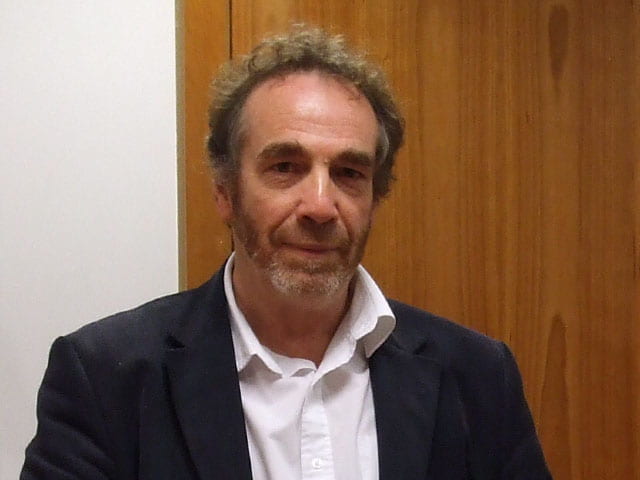imaginED seeks to spotlight the multifaceted role that the imagination plays in learning. imaginED writers (over 90 so far) come from around the world and have a range of professional experience. What connects members of the imaginED community is our focus on how imagination—the ability to envision the possible at the heart of human culture—can thrive in different educational contexts. We are imagination accomplices! (Read more About imaginED.)
This page shares imaginED community voices on the WHY of imagination.
We invited our writers to answer three questions:
- How does imagination fuel learning?
- What does the ignited imagination look/sound/feel like in education?
- How can we nurture (sustain) imagination in ourselves? In others?
Enjoy reading their creative, innovative, and inspiring responses below!
Kieran Egan
 Vancouver, British Columbia, Canada
Vancouver, British Columbia, Canada
How does imagination fuel learning?
It connects the curriculum to students’ emotions. (“Knowledge is not a dirty word in Education!”—spoken by a fellow imaginED writer)
What does the ignited imagination look/sound/feel like in education?
Each child has her or his life-story developing; the ignited imagination allows children to both recognize and further build their own story by connecting it to the story that is expressed in the content of the curriculum.
How can we nurture (sustain) imagination in ourselves? In others?
Make the classroom “a safe place to be stupid and make mistakes without shame” (as one of our group members put it). This allows and encourages children to take risks. Also we need to emphasize the development of an aesthetic sensibility in children.
Learn more from Kieran: (search imaginED for more posts)
Mary Soon Lee
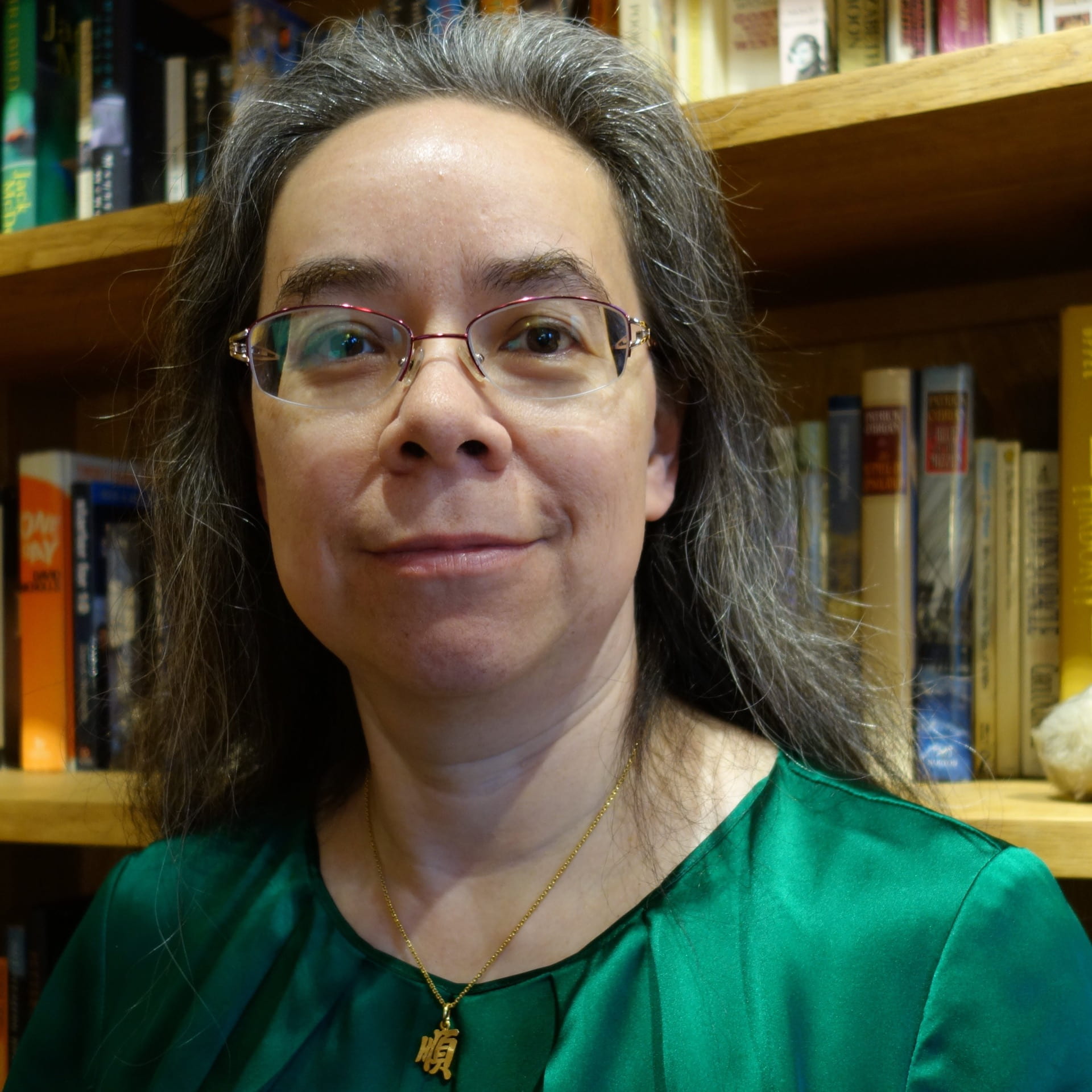 Pittsburgh, Pennsylvania, USA
Pittsburgh, Pennsylvania, USA
How does imagination fuel learning?
[a haiku answer]
Play with ideas,
ask questions, form connections:
imagination.
What does the ignited imagination look/sound/feel like in education?
[a haiku answer]
Still or fidgeting,
wondering or running tests—
individual.
How can we nurture (sustain) imagination in ourselves? In others?
[a haiku answer]
Allow diversions,
time for curiosity.
Believe it matters.
Learn more from Mary:
Gillian Judson
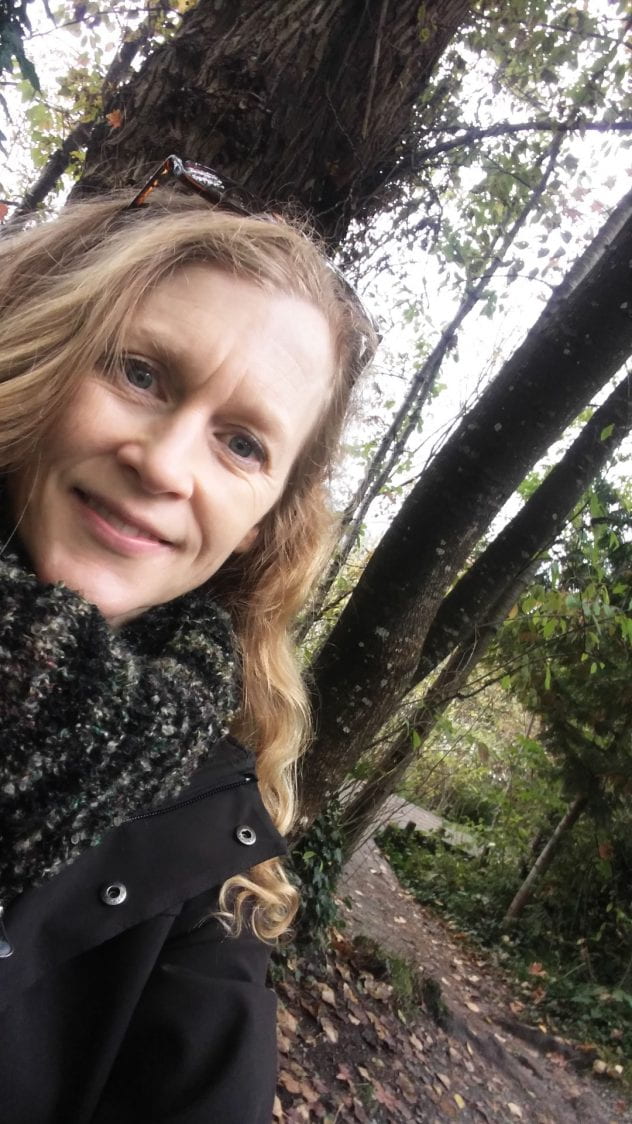 Surrey, British Columbia, Canada
Surrey, British Columbia, Canada
How does imagination fuel learning?
By making us feel.
What does the ignited imagination look/sound/feel like in education?
It feels like leaning in—leaning into an idea, a question, possibility. What imagination looks/sounds like is incredibly diverse–it might look like a ‘Makerspace’ or quiet reflection. It might sound like collaborative voices or it might happen in silence.
How can we nurture (sustain) imagination in ourselves? In others?
By being curious—telling more stories, learning more stories, learning more about the profound role of the story-form in human culture.
Learn more from Gillian: (search imaginED for more posts)
Carolina Bergonzoni
xʷməθkwəy̓əm (Musqueam), Skwxwú7mesh (Squamish), and Səlil̓wətaɬ (Tsleil-Waututh) Nations, currently known as Vancouver, British Columbia, Canada
How does imagination fuel learning?
Finding creative approaches allows for unique, independent, self-learning. Each of us learns differently and imagination is a way into our own unique potential!
What does the ignited imagination look/sound/feel like in education?
Photo Response captured by Carolina Bergonzoni
How can we nurture (sustain) imagination in ourselves? In others?
Video and Dance Response captured by Carolina Bergonzoni
Learn more from Carolina: (search imaginED for more posts)
Carolina Lòpez
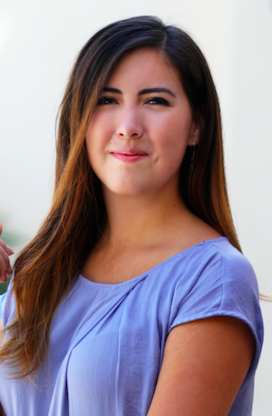 México
México
How does imagination fuel learning?
Imagination and learning have a dynamic and intertwined relationship. Imagination is the part of us with which we are able to make connections and emotionally internalize knowledge/experience.
What does the ignited imagination look/sound/feel like in education?
As diverse as we are as humans. The commonality among imaginative educational experiences is emotion. Educators are emotionally engaged with what they teach. Their whole selves are occupied with spreading those emotions towards students.
How can we nurture (sustain) imagination in ourselves? In others?
A part of the process might be being as mindful as we can about its role in our lives, minds, and bodies. Only then can we move ourselves and others forward in enhancing and expanding the limits of our imaginations.
Learn more from Carolina: (search imaginED for more posts)
David Futter
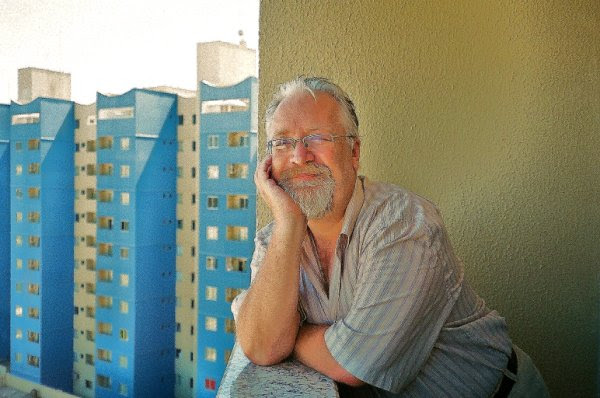 Victoria, British Columbia, Canada
Victoria, British Columbia, Canada
How does imagination fuel learning?
Imagination fuels learning by expanding curiosity and giving it an opportunity to build on its inquires. By using the tool to ask or question what’s possible, a student’s learning is opened up to a rich tapestry of knowledge and experience which fuels an emotional connection.
What does the ignited imagination look/sound/feel like in education?
It will be varied depending upon the student’s process of learning. A child may be talkative or studious, work alone or with others, build, read, create, investigate, interview or visit.
How can we nurture (sustain) imagination in ourselves? In others?
“The truth about stories, is that’s all we are” embodies the idea of imagination, emotion and story. Story implies the connecting of emotion and imagination; therefore, we must always appreciate the reflexive nature of language, appreciate ambiguity and never accept absolutes in ourselves or others. Always live within the Ironic Understanding.
Learn more from David: (search imaginED for more posts)
Holly Warren
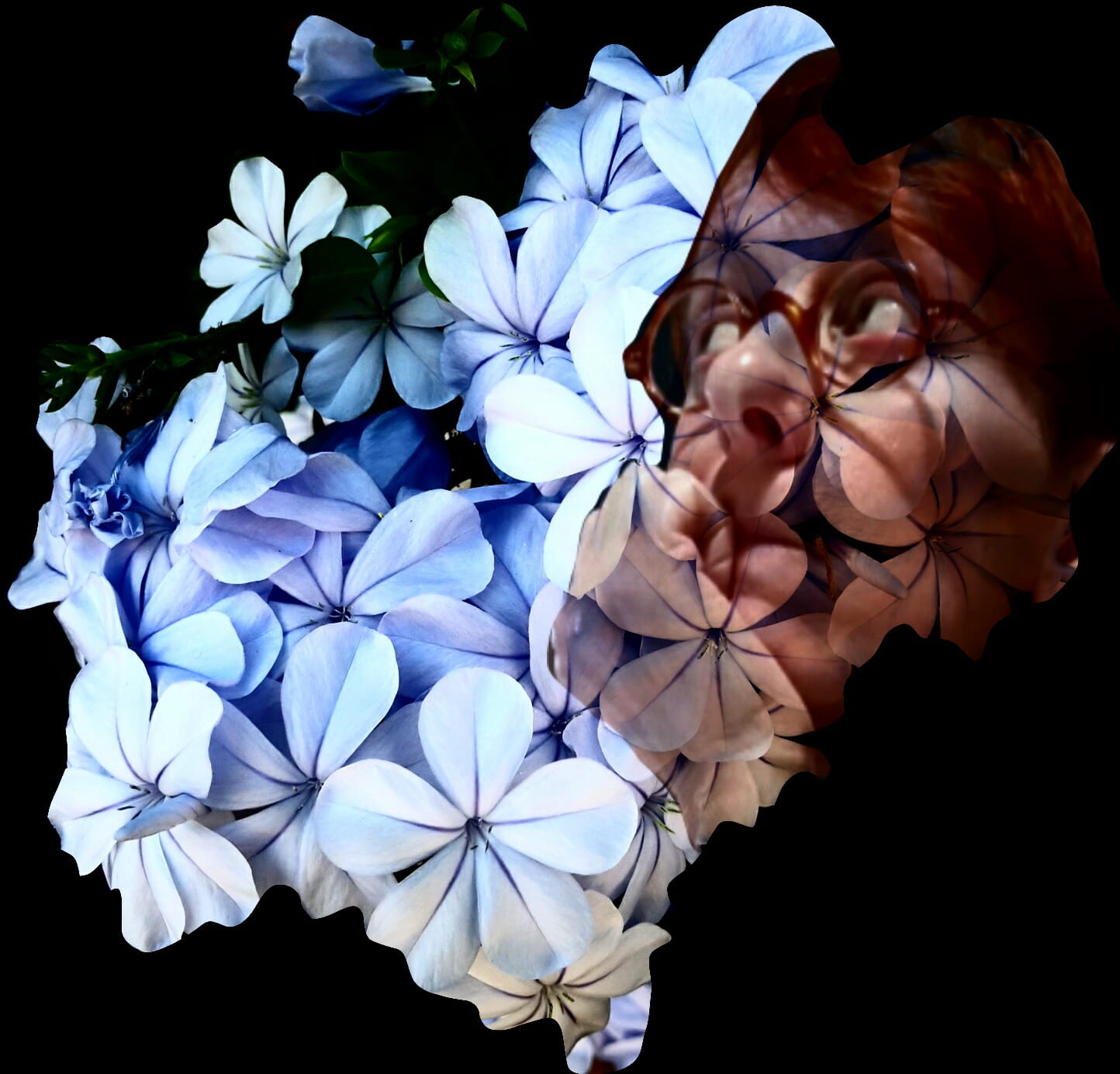 Italy
Italy
How does imagination fuel learning?
Imagination creates connections, opens possibilities, reaches solutions, questions and researches. It provides many answers, but none too good to be ultimate. Imagination ignites curiosity, allowing multiperspectives. Imagination leads learning in all aspects of life, allowing the learner to know more about themselves. When imagination is valued it opens doors and windows of opportunity.
What does the ignited imagination look/sound/feel like in education?
A breath of fresh air, a peaceful environment, balance, energy and thirst for more. In some cases it can be a golden cage when it is not valued or nourished.
How can we nurture (sustain) imagination in ourselves? In others?
By believing and embracing it. By recognising that it is a part of us that manifests itself in a multitude of ways and aspects. By celebrating it through drawing it out and putting it on show. By allowing it to flow from childhood onward. By encouraging students to find answers and connection based on induced and spontaneous knowledge. By easing conventions and drawing wider boundaries in education. By comparing, discussing and questioning without the pressure of the right answer. By focusing on the process rather than the product.
Learn more from Holly: (search imaginED for more posts)
Jeremiah Pina
How does imagination fuel learning?
Imagination makes possible a depth of thinking that allows for learners to develop creativity, innovation, and adaptive expertise of topics they care deeply about.
What does the ignited imagination look/sound/feel like in education?
An ignited imagination is identified by focus and passion. It looks like a learner experiencing wonder in learning; it sounds energetic and vital.
How can we nurture (sustain) imagination in ourselves? In others?
We can sustain imagination in ourselves and others by pushing our intellectual boundaries, engaging in meaningful discourse, and making use of narrative as a medium by which to communicate deep ideas.
Kavita Hoonjan
 Langley, British Columbia, Canada
Langley, British Columbia, Canada
How does imagination fuel learning?
Imagination is at the core of learning. Story, wonder, curiosity, and emotions all make learning happen.
What does the ignited imagination look/sound/feel like in education?
Content and teaching is inspirational—the learner connects to the how/why and the deeper sense of the learning. Learners take their learning outside the walls of the classroom: “It is what students do with what they learn when they can do what they want to do that is the real measure of educational achievement” (Elliot Eisner, 2001).
How can we nurture (sustain) imagination in ourselves? In others?
Have the courage to take risks and step out of our comfort zones. Learn more about ourselves—find our passion within the content. In the words of Kieran Egan, “The more you know about something the easier it is to be imaginative about it.”
Learn more from Kavita: (search imaginED for more posts)
Amanda Van Garderen
 New Westminster, British Columbia, Canada
New Westminster, British Columbia, Canada
How does imagination fuel learning?
Imagination is intellectual play which gives rise to new and novel ideas and concepts. Imagination allows us to make sense of the world through a different lens.
What does the ignited imagination look/sound/feel like in education?
The ignited imagination feels like a contagious, palpable energy.
How can we nurture (sustain) imagination in ourselves? In others?
When we provide space and time for ourselves and others to play, tinker, explore, converse we naturally engage and nurture the imagination.
Learn more from Amanda: (search imaginED for more posts)
Jowi Taylor
How does imagination fuel learning?
New knowledge is new territory. Imagination is a tool that equips one with a mix of curiosity and empathy that guides you through unfamiliar terrain and makes it knowable.
What does the ignited imagination look/sound/feel like in education?
Not feeling one has to “remember” something but rather one “takes on” new data, meanings, perspectives and truths.
How can we nurture (sustain) imagination in ourselves? In others?
As above, fostering curiosity and empathy in combination.
Learn more from Jowi:
Cecily Heras
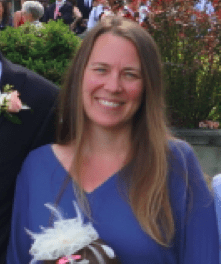 North Vancouver, Canada
North Vancouver, Canada
How does imagination fuel learning?
It engages, it creates, it sparks ideas and allows students to follow them.
What does the ignited imagination look/sound/feel like in education?
It may look chaotic to the untrained eye, but it is enthusiastic response mixed with unfettered creativity.
How can we nurture (sustain) imagination in ourselves? In others?
Practice, practice, practice. Keep sharing stories and learning from mishaps.
Learn more from Cecily: (search imaginED for more posts)
Christa Campsall
Salt Spring Island, British Columbia, Canada
How does imagination fuel learning?
We can learn to use the power of imagination to create the life we want. Promote use of imagination to fuel learning to navigate life successfully.
What does the ignited imagination look/sound/feel like in education?
There is a definite feeling of enthusiasm, which is catching. It can be very quiet or very loud!
How can we nurture (sustain) imagination in ourselves? In others?
With a quiet mind, there is space for new thoughts from our imagination to appear. Know it is possible to benefit from—even moments of—a quiet mind…imagination can happen anytime, anywhere!
Learn more from Christa:
Edward Ezzy
 Australia
Australia
How does imagination fuel learning?
As students accumulate more stories they begin the exciting process of threading stories together.
What does the ignited imagination look/sound/feel like in education?
It looks like students knowingly engaging with stories of how things happened, or how ideas were formed.
How can we nurture (sustain) imagination in ourselves? In others?
I regularly find myself re-reading Egan’s The Educated Mind to ground myself within the framework.
Learn more from Edward:
Chloë Lum
 Port Coquitlam, British Columbia, Canada
Port Coquitlam, British Columbia, Canada
How does imagination fuel learning?
Imagination is what brings meaning to learning, it transforms mere “facts” into lasting forms of knowledge. Imagination connects—through the use of my imagination, I feel connected to what I learn (knowledge which itself exists in a wide web of connections) and feel connected to those in my learning community.
What does the ignited imagination look/sound/feel like in education?
The ignited imagination looks, sounds, and feels like a journey. It does not concern itself with maintaining the well-trodden path of A to B, but seeks out new and unconventional routes from A to X, A to 3.14, or A to nowhere in particular.
How can we nurture (sustain) imagination in ourselves? In others?
Surround yourself with imaginative people—they are out there, I promise!
Al Rudnitsky
 Northampton, Massachusetts, USA
Northampton, Massachusetts, USA
How does imagination fuel learning?
Social constructivism sees learning most likely when a learner’s existing knowledge comes in contact with new ideas and new problems. This contact happens in interaction with other people (including teachers) and in a context that makes human sense. Teachers are trying to create learning environments that include these features. Engaging learners’ imaginations happens when they bring their current knowledge and abilities in the service of an encounter with something new, something to wonder about, something to explain, something to improve. And importantly – something they care about. Caring involves people. For me, story (or narrative), is the pre-eminent imaginative “tool” because it creates the human context that we can imagine ourselves in and, at the same time, expands our view because we can also imagine seeing from the perspective of others in the story. Finally stories help grow the language of the conversation. Okay. Blah. This is a too short (and too pedantic) an answer to a difficult question!
What does the ignited imagination look/sound/feel like in education?
It (often) looks like excited people talking with each other as they try to figure something out.
How can we nurture (sustain) imagination in ourselves? In others?
I’m inclined to say I have no idea. Best I can do is suggest we be curious; that we try (at least some of the time) to look around and wonder about something.
Learn more from Al:
Gregory Lendvay
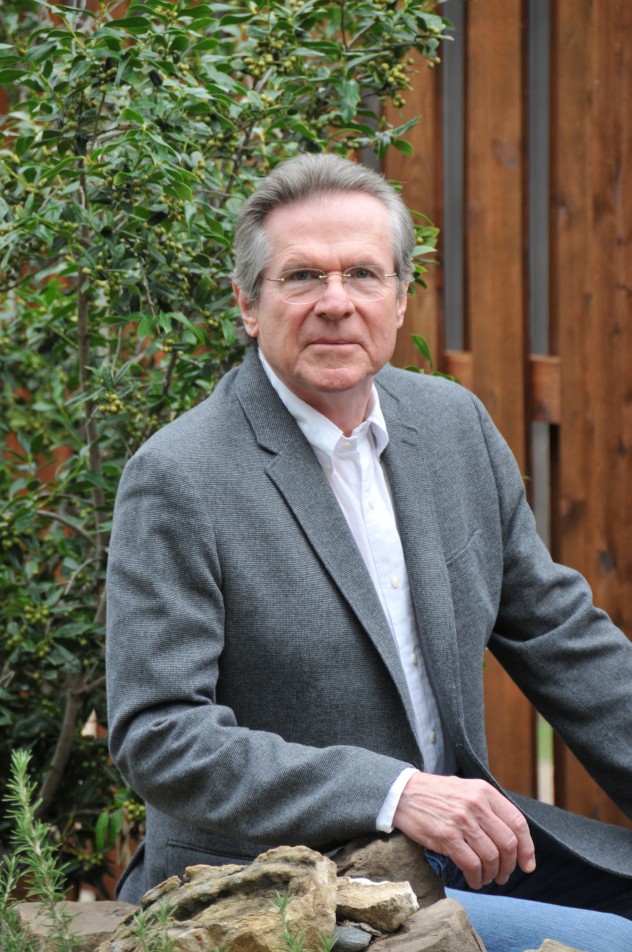 Dallas, Texas, USA
Dallas, Texas, USA
How does imagination fuel learning?
Imagination lets you see and envision in a single act.
What does the ignited imagination look/sound/feel like in education?
Things are no longer ordinary. Perceptions claim your attention like never before.
How can we nurture (sustain) imagination in ourselves? In others?
Encourage each other to face any situation, encounter each moment from as many different facets as possible.
Learn more from Gregory:
Katie White
 Melfort, Saskatchewan, Canada
Melfort, Saskatchewan, Canada
How does imagination fuel learning?
Imagination invites possibility into the human experience. When we access imagination, we access many variations of a future yet to be experienced. Learning requires movement from present to future and imagination can act as the catalyst for this journey.
What does the ignited imagination look/sound/feel like in education?
Ignited imagination looks and feels like trying on clothes. We invite possibilities, we try them on for size, for fit, or for aesthetic and we make decisions based on intended outcomes/desired results. In education, imagination allows us to “try on” ideas, concepts, connections, experiences and materials and make decisions that are powered by possibilities.
How can we nurture (sustain) imagination in ourselves? In others?
We can give ourselves the time and space to linger in the unknown; to explore “what ifs”; to ask questions and then ask more questions. We can invite ourselves and others to consider ideas, processes, performances, products, and experiences that are new and less certain. We can encourage risk-taking and provide time for recovery when failure is experienced, and for reflection when growth and learning are priorities.
Learn more from Katie: (search imaginED for more posts)
Jordan Mayer
 Coquitlam, British Columbia, Canada
Coquitlam, British Columbia, Canada
How does imagination fuel learning?
Imagination fuels learning by imagining the impossible and then setting out to accomplish that very thing.
What does the ignited imagination look/sound/feel like in education?
It looks like someone unwrapping a present/digging for treasure. It sounds like a bee buzzing.
How can we nurture (sustain) imagination in ourselves? In others?
Never stop asking, “I wonder…”
Learn more from Jordan:
Karen M. Effa
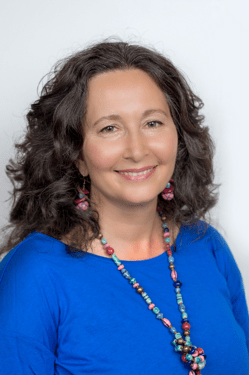 Lake Country, British Columbia, Canada
Lake Country, British Columbia, Canada
How does imagination fuel learning?
Imagination fuels learning by cradling subject content in the dynamic narratives of the past, present, and future.
What does the ignited imagination look/sound/feel like in education?
Ignited imagination can be spotted in the enthusiastic engagement of the learners.
How can we nurture (sustain) imagination in ourselves? In others?
Imagination is nurtured when we push ourselves to see a topic or person from a variety of perspectives in the pursuit of greater understanding.
Learn more from Karen: (search imaginED for more posts)
Kevin Christopher Byron
How does imagination fuel learning?
Imagination is itself fuelled by experience and knowledge, so it’s a self-referential question with cause and effect having both roles!
What does the ignited imagination look/sound/feel like in education?
It is highly dependent on the context, what is being taught and the purpose of the teaching.
How can we nurture (sustain) imagination in ourselves? In others?
It’s impossible not to sustain imagination in ourselves. Caution should be used by those who believe it should be nurtured in others!
Melissa Chouinard-Jahant
Katy, Texas, USA
How does imagination fuel learning?
It is the tether that connects the domains. It gets us connecting concepts in new ways.
What does the ignited imagination look/sound/feel like in education?
It’s a vibration, a rumble that unfolds new ideas. It heightens our awareness of our desire to learn and grow.
How can we nurture (sustain) imagination in ourselves? In others?
Read, a lot. Think adjacently and try to create bridges between curriculum and concepts to create a more full version of our world and our place in it.
Learn more from Melissa:
Michelle McKay
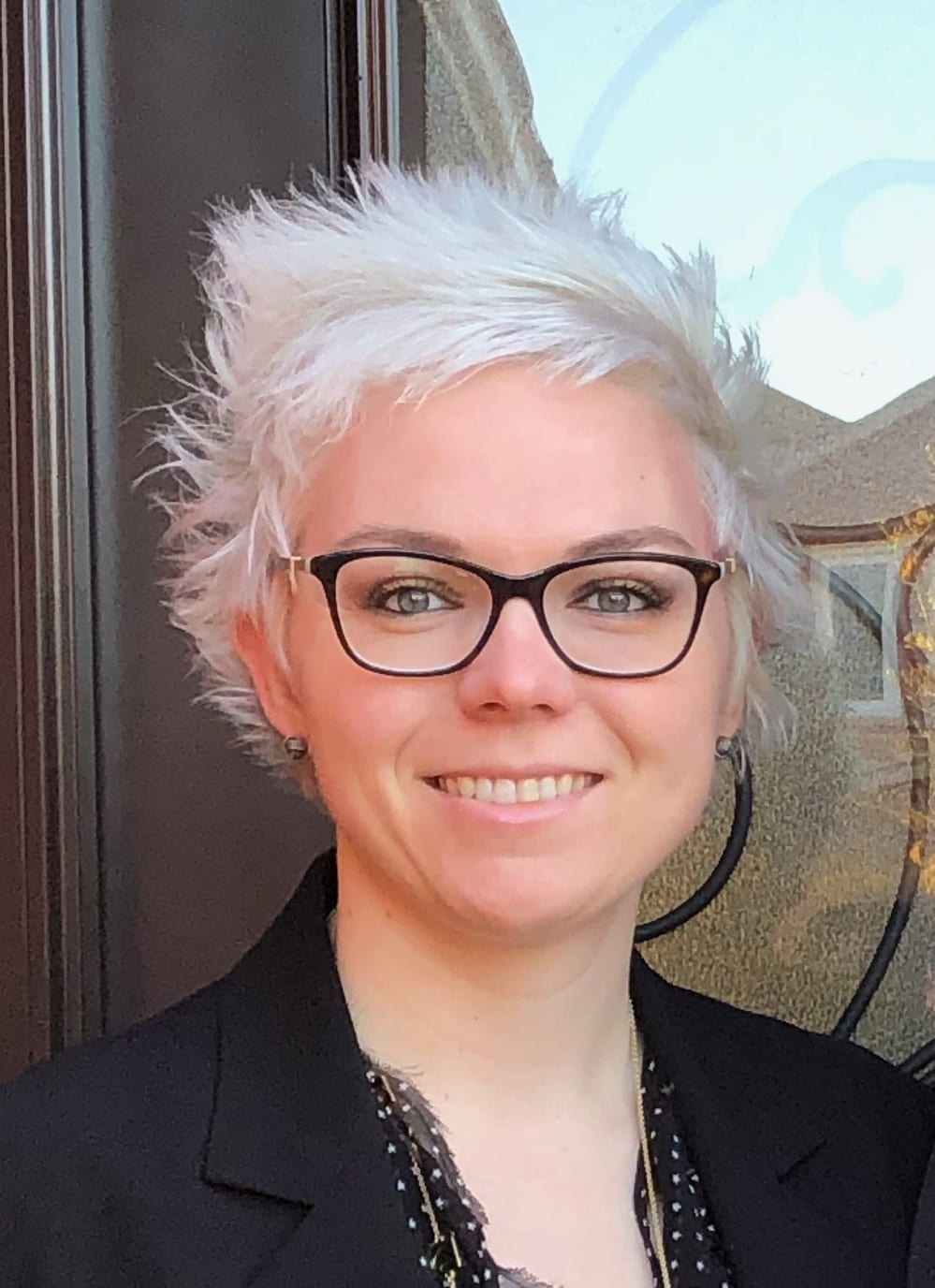 Toronto, Ontario, Canada
Toronto, Ontario, Canada
How does imagination fuel learning?
Imagination allows us to engage learners in meaningful ways by capturing their interests and pushing the realities of what is possible.
What does the ignited imagination look/sound/feel like in education?
The ignited imagination is without limits—it sounds like excitement, possibility, problem-solving, creativity, connection (many of the 21st century competencies and skills).
How can we nurture (sustain) imagination in ourselves? In others?
Continue to teach and learn from a place of passion. Connect and engage with others while sharing your passion and learning from theirs!
Learn more from Michelle:
Natalie Hunniford
 Surrey, British Columbia, Canada
Surrey, British Columbia, Canada
How does imagination fuel learning?
For myself as a school counsellor, we need imagination for social emotional learning. It’s the catalyst of empathy. How can we put ourselves into someone else’s shoes without using our imagination?
What does the ignited imagination look/sound/feel like in education?
Ignited imagination looks like finding ways to connect to everyone around us despite what we look like or what our stories are. It feels like connecting with and discovering our deeper selves, and it sounds like peace infiltrating from classrooms into our communities and the greater world.
How can we nurture (sustain) imagination in ourselves? In others?
By being kind to ourselves and others. By trusting ourselves to go deep within, and by being brave enough to share what we see and find.
Learn more from Natalie: (search imaginED for more posts)
Norman J. Jackson
 Surrey, England
Surrey, England
How does imagination fuel learning?
Our ability to imagine what might be stimulates curiosity, interest and emotions that fuel action and intent. When connected to perception and reasoning, it enables us to explore problems and possibilities and to plan our actions. When used to reflect on situations and actions, it enables us to make sense of what happened and to explore possibilities of alternative actions and responses.
What does the ignited imagination look/sound/feel like in education?
I take this to mean imagination that inspires action and energises and engages the imaginer in purposeful action aimed at giving thoughts material substance. Joshua Cooper Ramos talks about imagination as the seventh sense—the ability to look at any object and see the way in which it is changed by connection. Ignited imagination must be the embodied response to visualising what could be transformed.
How can we nurture (sustain) imagination in ourselves? In others?
Fundamentally, we need to be more conscious of our own imagination: how it emerges in the circumstances of our life and how we use it in an integrated way with perception, reason and emotion to enable us to fulfil our roles and purposes. Imagination is driven by ambiguity, perplexity and curiosity. It is facilitated by questions like why and what if? It becomes necessary and essential when faced with complex challenges that require all our capabilities, resourcefulness and ingenuity.
Learn more from Norman: (search imaginED for more posts)
Roel Krabbendam
 Los Angeles, California, USA
Los Angeles, California, USA
How does imagination fuel learning?
It prepares you to learn, it designs questions, it sets you up for surprises, it is the basis for empathy.
What does the ignited imagination look/sound/feel like in education?
A question instead of an answer.
How can we nurture (sustain) imagination in ourselves? In others?
Follow your fears.
Learn more from Roel: (search imaginED for more posts)
Tia Luker-Putra
 Shanghai, China
Shanghai, China
How does imagination fuel learning?
Imagination gives curiosity its fire. It creates questions that come innately from our shared human experience—questions that ask “What if?”
What does the ignited imagination look/sound/feel like in education?
It’s messy and seemingly unorganized, but in the most creative way. It cannot be harnessed or limited, because in doing so, we destroy creativity. It needs to be nurtured and encouraged. It takes courage to be imaginative—it’s a risky endeavour that results in dreams being realized.
How can we nurture (sustain) imagination in ourselves? In others?
Allow yourself to imagine, even as an adult. You don’t have to be a great painter to paint. Taking risks is so much harder as an adult and we need to foster that in our colleagues and ourselves in order to reach new and greater heights – it takes bravery.
Learn more from Tia:
Courtney Robertson
 Langley, British Columbia, Canada
Langley, British Columbia, Canada
How does imagination fuel learning?
When we think about what makes learning meaningful, we think about how the learner connects with the subject matter/topic. In order for a learner to engage in a meaningful and lasting way with knowledge, we need to tap into emotion! Imagination is the tool to tap into a learner’s emotions. When we use imagination with teaching, we are asking students to feel and live in the topic.
What does the ignited imagination look/sound/feel like in education?
Engagement, flow, and excitement. Students that are engaged imaginatively with what they are learning will be on task, excited to discuss with peers, and eager to share their own knowledge of the subject matter!
How can we nurture (sustain) imagination in ourselves? In others?
Challenging ourselves and others to identify what is emotionally meaningful in what we are learning. Delving into the story of topics, and making sure that the emotional narrative of subject matter is always at the forefront of our learning will keep us imaginatively engaged! We need to model this to our peers/colleagues, and also any educators that we have conversations with about teaching and learning. It’s as simple as beginning the conversation with “What will your students connect with, on an emotional level? How will you engage them emotionally with the subject matter? What is the story behind the topic? How will your students connect with that story?” These starting questions will make a world of difference in keeping imagination at the forefront of education conversations!
Learn more from Courtney: (search imaginED for more posts)
Lindsay Zebrowski
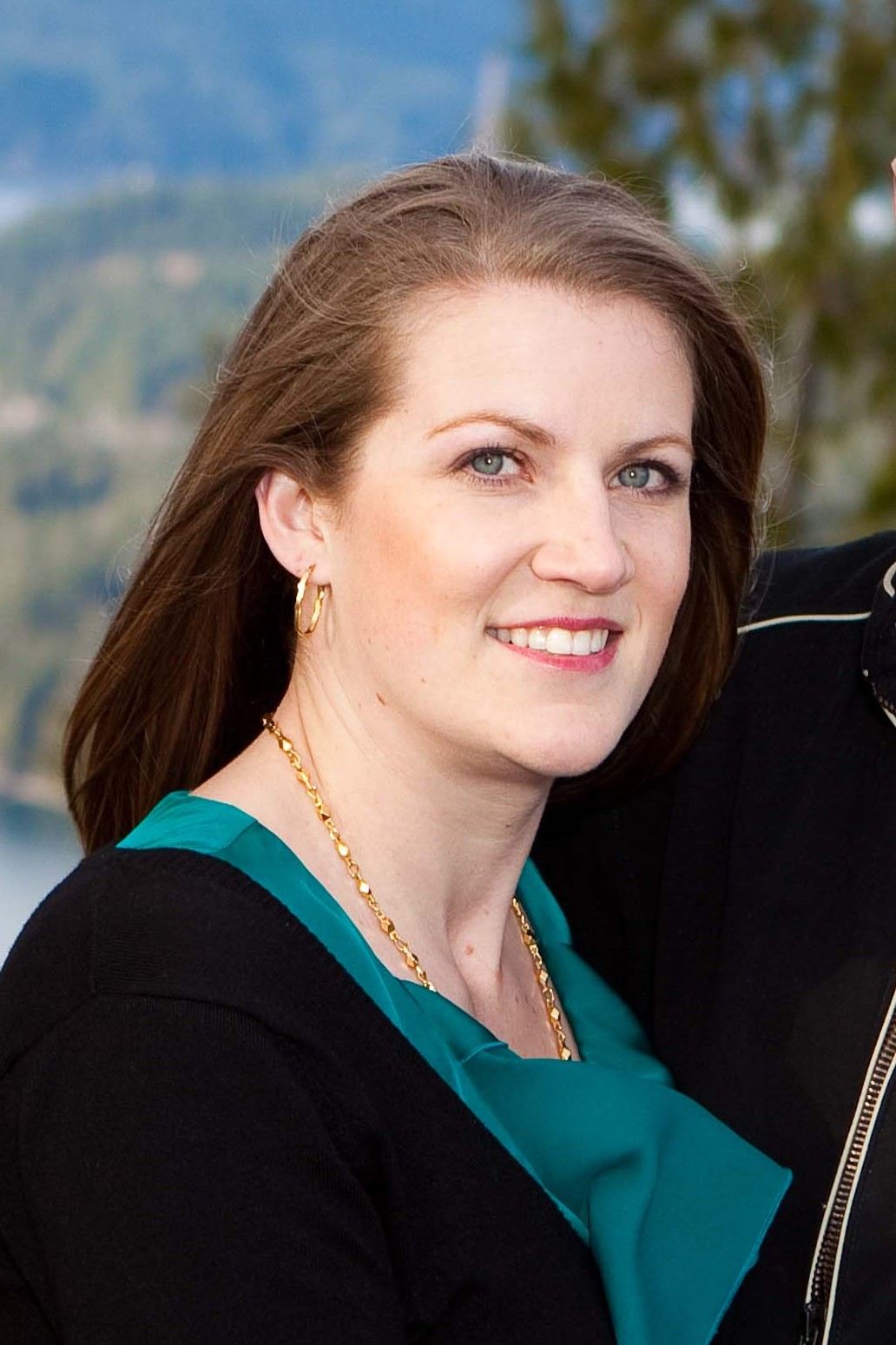 Coquitlam, British Columbia, Canada
Coquitlam, British Columbia, Canada
How does imagination fuel learning?
Engagement! What I find unique about Imaginative Education is its universality. Whether we are building our understanding of the world with our body and senses, listening to stories, exploring literature, delving into philosophical ideas, or delighting in the ironic, the toolkit of imaginative education is the most inclusive approach to education I have encountered in my lifetime. There is a beautiful simplicity in rooting formal education in the ways we naturally approach learning about the world.
What does the ignited imagination look/sound/feel like in education?
Passion and Joy! In pursuing my graduate degree in Imaginative Education I was able to pinpoint why the lessons I genuinely enjoyed teaching were so successful. I was also able to let go of some practices I had only adopted because they seemed “standard” in primary education. Students respond to an ignited imagination in their teacher – they can sense the authenticity of the teacher’s passion and excitement about a topic and are invested in discovering what’s behind the enthusiasm.
How can we nurture (sustain) imagination in ourselves? In others?
Keep learning! The more we know the more imaginative we can be. As educators, it is also important to regularly place ourselves in the role of learner. When I begin consciously building a lesson or unit on a topic from an imaginative standpoint I tend to start out with an extensive google search. I am still surprised when the exploration inevitably leads me to a spark of excitement when I learn something unexpected that I can’t wait to share with my students, or stumble across a delightfully crafted picture book ideally suited to launching our activities in the classroom.
As a mother of young children it has become increasingly apparent how much is learned through modelling and observation. If we want to nurture and sustain imagination and ongoing learning in others we need to be genuine in our own pursuits. We need to continue learning, growing, asking questions, expanding and refining our understanding of the world.
Learn more from Lindsay: (search imaginED for more posts)
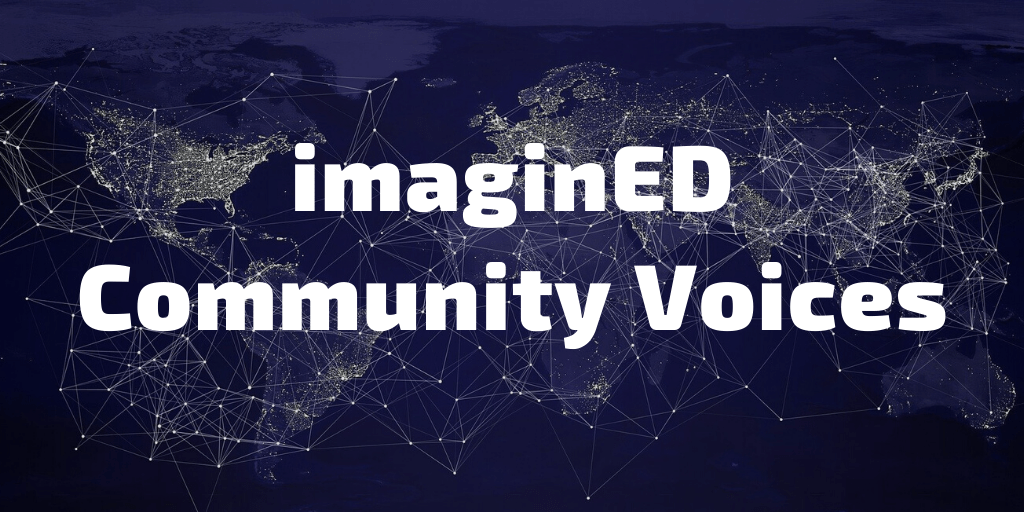
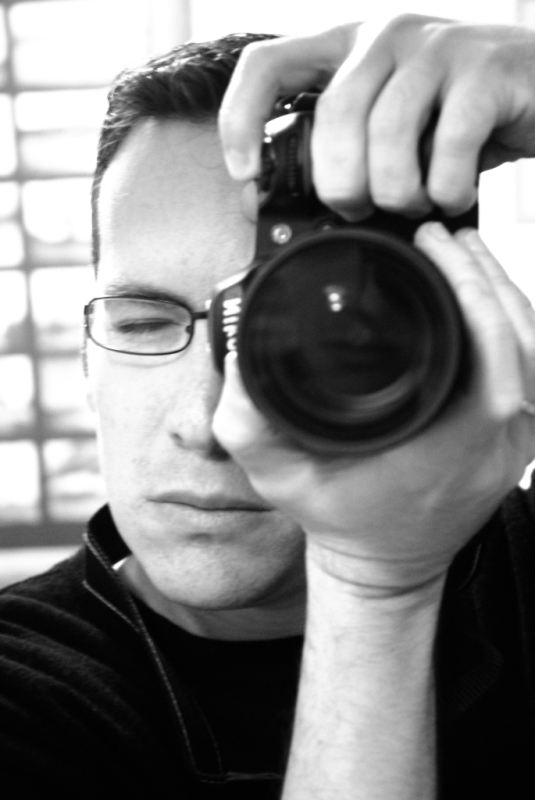 Israel
Israel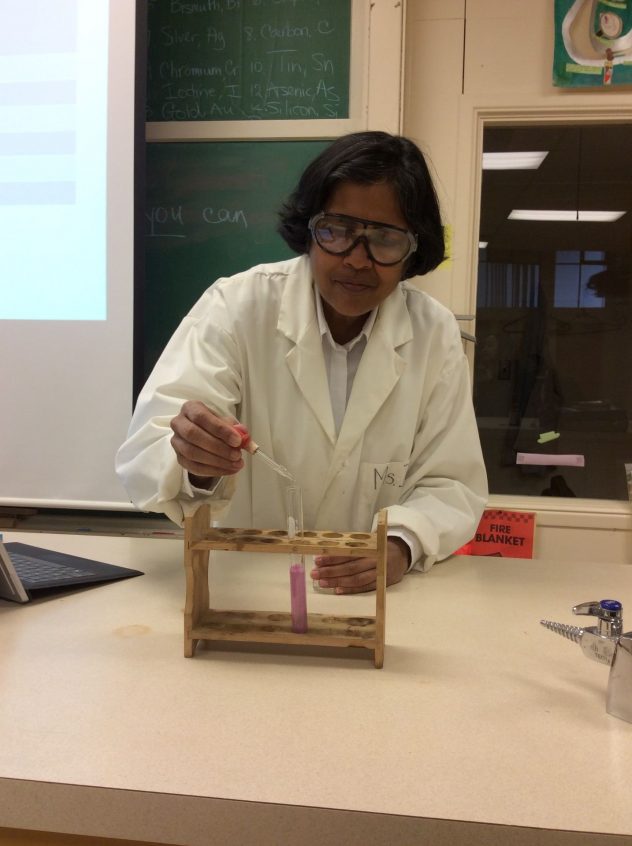 New Westminster, British Columbia, Canada
New Westminster, British Columbia, Canada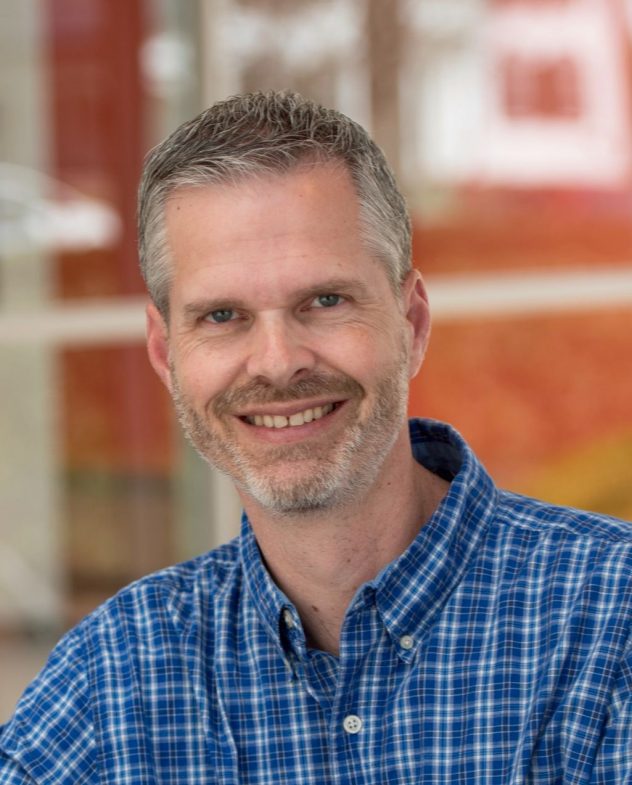 Massachusetts, USA
Massachusetts, USA